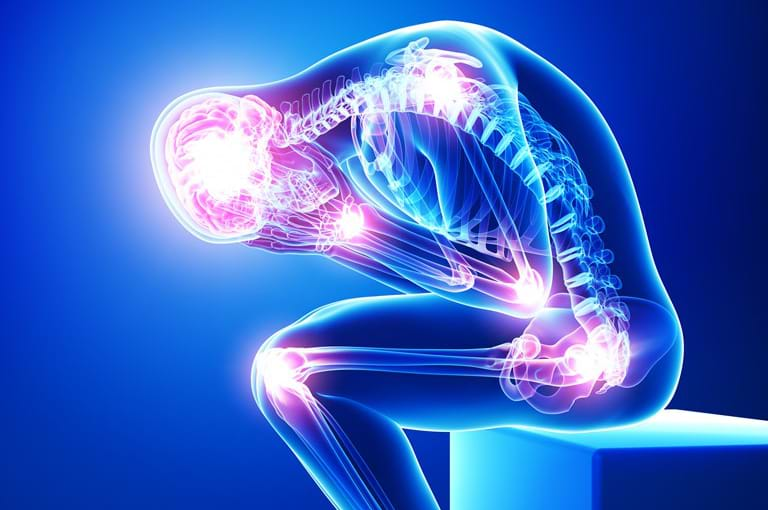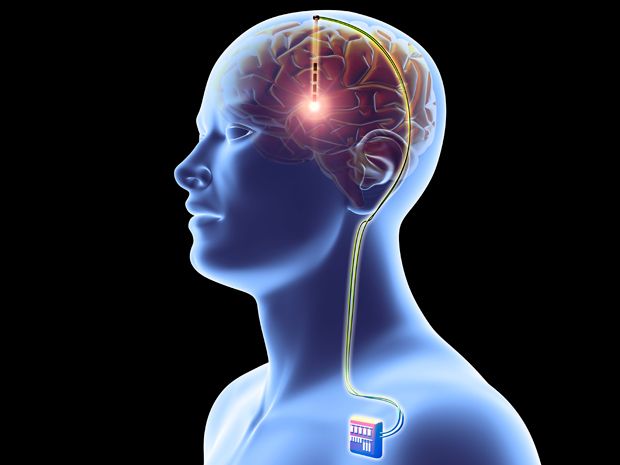
Infantile neuroaxonal dystrophy is a disorder that primarily affects the nervous system. Individuals with infantile neuroaxonal dystrophy typically do not have any symptoms at birth, but between the ages of about 6 and 18 months they begin to experience delays in acquiring new motor and intellectual skills, such as crawling or beginning to speak. In some cases, signs and symptoms of infantile neuroaxonal dystrophy first appear later in childhood or during the teenage years and progress more slowly.
Children with infantile neuroaxonal dystrophy experience progressive difficulties with movement. They generally have muscles that are at first weak, and then gradually become very stiff. Eventually, affected children lose the ability to move independently. Lack of muscle strength causes difficulty with feeding. Muscle weakness can also result in breathing problems that can lead to frequent infections, such as pneumonia. Seizures occur in some affected children.Children with this disorder experience progressive deterioration of cognitive functions (dementia), and they eventually lose awareness of their surroundings.
The first symptoms may be slowing of motor and mental development, followed by loss or regression of previously acquired skills. Rapid, wobbly eye movements and squints may be the first symptoms, followed by floppiness in the body and legs. For the first few years, a baby with INAD will be alert and responsive, despite being increasingly physically impaired. Eventually, because of deterioration in vision, speech, and mental skills, the child will lose touch with its surroundings. Death usually occurs between the ages of 5 to 10 years.
There is no cure for INAD and no treatment that can stop the progress of the disease. Treatment is symptomatic and supportive. Doctors can prescribe medications for pain relief and sedation. Physiotherapists and other physical therapists can teach parents and caregivers how to position and seat their child, and to exercise arms and legs to maintain comfort.
to know more details:- send in your queries to query@gtsmeditour.com or WhatsApp your latest medical reports to +91-9880149003.






